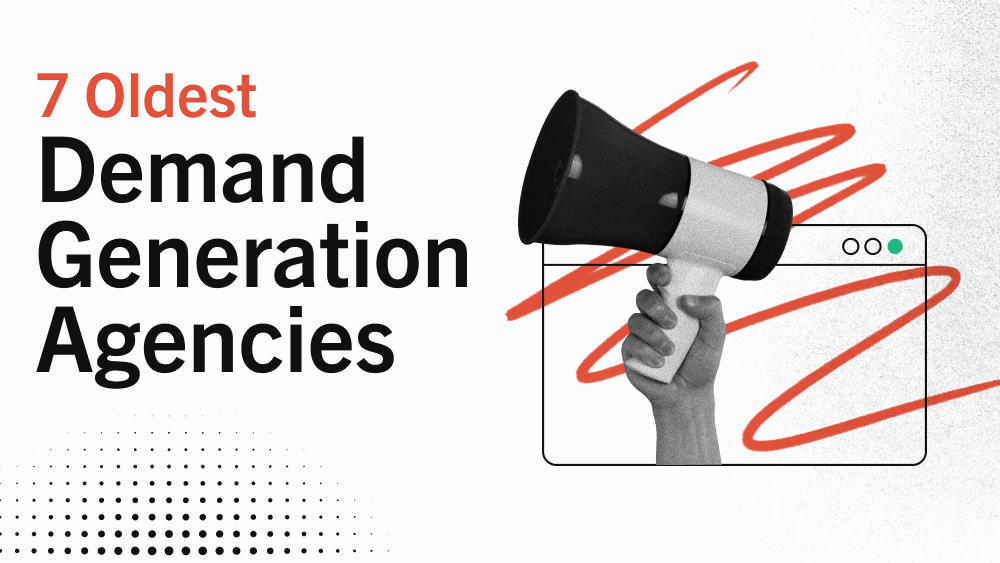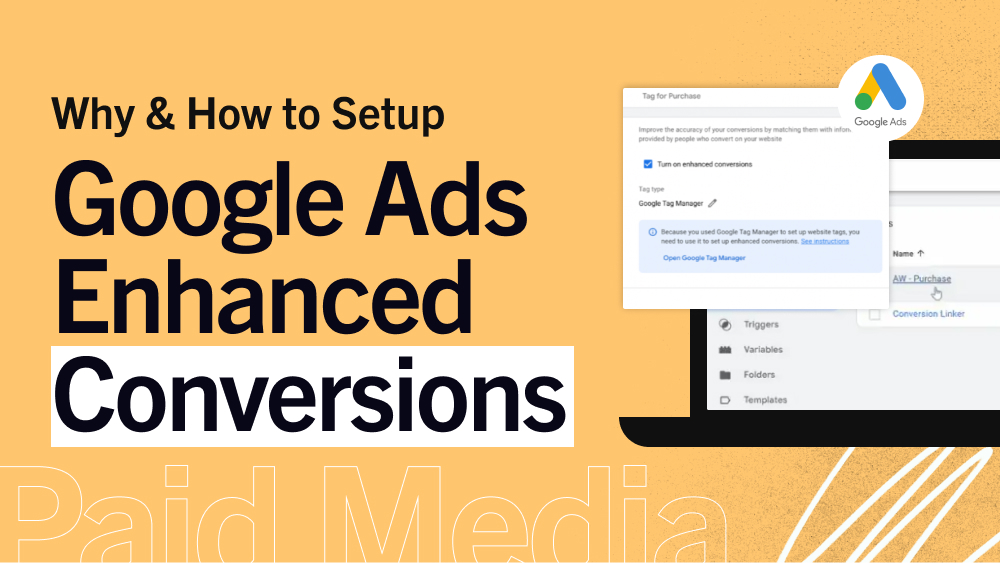6 Components of an Effective Digital Marketing Plan

A digital marketing plan is a document that outlines your strategy for planning, executing, and measuring the success of an online marketing campaign.
Creating a digital marketing plan at the outset of a campaign is essential for success. Your digital marketing plan establishes the objectives of your campaign, the specific channels, tactics, and tools you will use to achieve those objectives, and how campaign performance will be evaluated.
Documenting your marketing plan gives you the ability to review your planning at a later time and reflect on whether you made the best decisions. You can also use your marketing plan to produce a case study of your campaign, demonstrating the plan you created and the results that were achieved.
If you’re getting ready to create your own digital marketing plan, we’re here to help. We’ve broken the process down into six essential steps that you can follow to create a digital marketing plan for your next campaign.
6 Components of an Effective Digital Marketing Plan
Why do we create a marketing plan at all?
Before we start investing significant time and money into marketing operations, we want to make sure that:
- Our efforts are serving a meaningful business objective
- We know exactly what we are trying to achieve
- We are using the right channels, tactics, and tools to produce meaningful results
- We believe, and our research tells us, that the outcome will be worth the effort and expense
The purpose of the planning process is to verify and document that these conditions are met before launching a digital campaign.
Throughout the planning process, you will use your research skills and digital marketing knowledge to make decisions about how your campaign should be executed.
If you aren’t confident in your knowledge and skills yet, we’d recommend trying our digital marketing course at the Directive Institute.
Conducting an Initial Assessment
The first step towards creating your digital marketing plan is to conduct an initial assessment of your organization or brand’s online presence.

Your assessment can have both qualitative and data-driven components. You could start by looking at your organization’s performance across various digital marketing metrics. Your Google Analytics can reveal information like the number of daily visitors you receive on your website each day, while tools like Google Search Console can show you how many keywords you rank for and other details about organic search performance.
After digging into performance metrics for your brand’s online presence, we recommend completing a SWOT analysis of your business. You’ll want to reflect on your organization’s current situation in the marketplace, then evaluate your strengths, weaknesses, opportunities, and threats – all relative to the competition.
As you create your marketing plan, focus on capitalizing on your strengths, minimizing your weaknesses, exploring opportunities, and avoiding threats. Now that these have been identified, they can be used to inform the rest of your planning.
Establishing a Vision and Mission
After conducting an initial assessment, we recommend establishing a vision and mission for your digital marketing campaign.

Think about where your brand is now and where you would like to be in the future. What are your long-term goals? What would success look like to you?
Remember the difference between a goal and a vision:
A vision is a desired future state. A goal is a short-term target that gets you closer to your vision.
With a solid vision for the future, you’ll be able to consistently choose the right goals that lead you towards the future you’re aiming for – instead of accidentally going off in the wrong direction. In a digital marketing context, your vision could be something like: “I want our company to become a household name”, or “I want our company to be the most trusted leader in our industry”.
The vision you set for your company will determine how you choose marketing goals that propel your organization forward.
Setting SMART Campaign Goals
After establishing your long-term vision, it’s time to set up some SMART campaign goals.

We’d recommend setting 1-3 campaign objectives that are tied to digital marketing performance metrics you can measure. This helps to establish a clear definition of success and orient your marketing activities towards boosting those metrics.
Digital marketing campaign goals can include:
- Increasing brand awareness
- Increasing website traffic
- Increasing social media engagement
- Increasing number of leads generated
- Increasing number of opportunities generated
- Increasing the number of sales/conversions/revenue
- Increasing leads/sales/traffic through a specific channel
To create a SMART goal, specify a realistic improvement target, and set a timeline for achieving your goal.
For example: “I want to increase lead generation by 300% in three months.”, or “I want to increase website traffic from 5,000 to 20,000 visits per month in six months”. It is fine to have more than one campaign objective, but having just one is the best way to make sure your activities are consistently focused on improving the metric that’s most important.
Building Detailed Customer Personas
Before we launch a marketing campaign, we want to spend time defining the target audience. Digital marketing gives us the ability to be very specific when defining our target audience, and doing so will often result in higher conversion rates. To understand the target audience, we want to define detailed customer personas.

A customer persona represents your best attempt to understand the characteristics of your ideal buyer. These characteristics can include demographics like age, gender, education level, and income, as well as behavioral drivers (pain points), mindset, and key obstacles to purchasing.
You can learn more about your customers by leveraging data from your Google Ads or Google Analytics account, or by conducting qualitative research in the form of customer surveys.
Creating a Digital Channel Strategy
At this point, you should have established one or more campaign objectives and defined your target audience by creating customer personas. The next step is to create your channel strategy.

Creating a channel strategy is all about understanding the most effective ways to connect with your target audience and to manage those connections during your campaign. This can be broken down into three tasks:
- Selecting Digital Marketing Channels – Determine which digital marketing channels you will use to connect with your target customer.
- Selecting Right Digital Marketing Tools – Determine which digital marketing software tools or platforms you will deploy to help further your campaign objectives.
- Selecting Digital Marketing Tactics – Determine which specific marketing tactics you will use to maximize your results. How many pieces of content/social media posts will you produce? How many landing pages will you test? This is the time to think about what volume of output you will need to reach your goals and how to mobilize resources to make it happen.
In this step, you’ll need to combine market research with your own knowledge to determine the best digital channels and marketing tactics for connecting with your target audience.
Creating an Execution Plan
Once you have decided which channels, tools, and tactics are most important for your digital marketing campaign, the final step is to establish a campaign execution plan. Your execution plan should define step-by-step how your marketing campaign will be implemented to get the best results for your organization. It should establish a campaign schedule and budget that you will stick to throughout the implementation process.

If your marketing plan includes content marketing, you’ll need to set up an editorial calendar to manage content production and regulate the review process.
If your plan includes social media, you’ll need to create a schedule for posting new content.
If your plan includes PPC advertising, you’ll need to plan for ad creation, budgeting, keyword research, and more.
Whatever channels you choose to target, creating a detailed execution plan will help ensure that your campaign activities stay on schedule and you produce the volume of content that’s necessary to power your marketing efforts.
Summary
Once you’ve clearly mapped out how you will implement your digital marketing plan, there are only two things left to do: execute your digital marketing plan to the best of your ability and monitor KPI changes to evaluate your results.
A tremendous amount of marketing knowledge can go into building an effective digital marketing plan, but the underlying components remain essentially the same:
- Know where you’re starting out
- Know where you’re going
- Set goals to help you get there
- Define and understand the target audience
- Choose the best channels, tools, and tactics to deliver your message and accomplish your goals
- Set up a powerful process for executing your marketing plan




